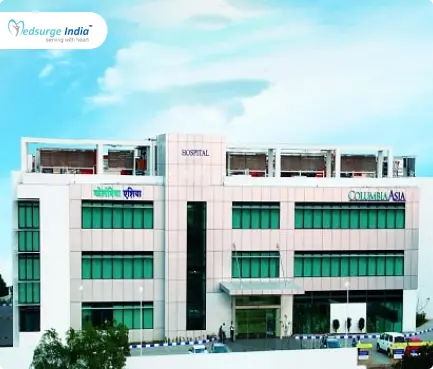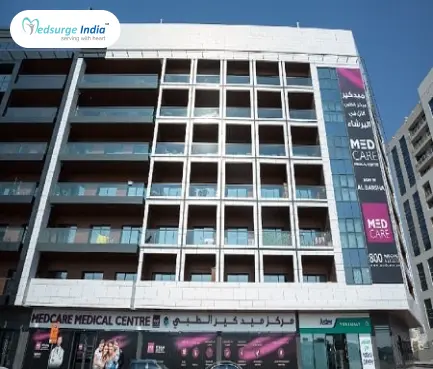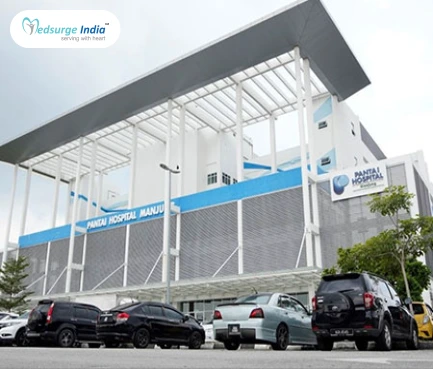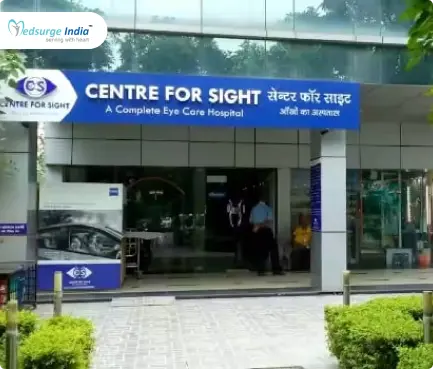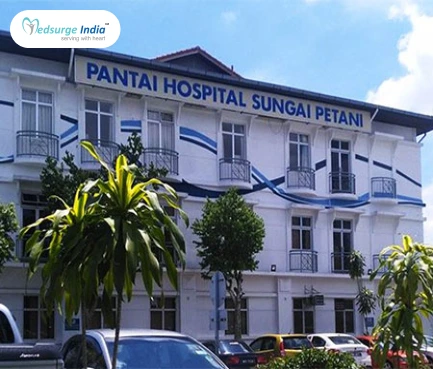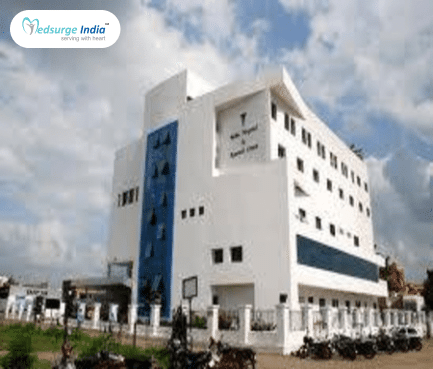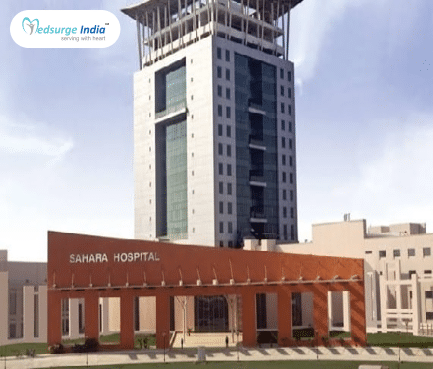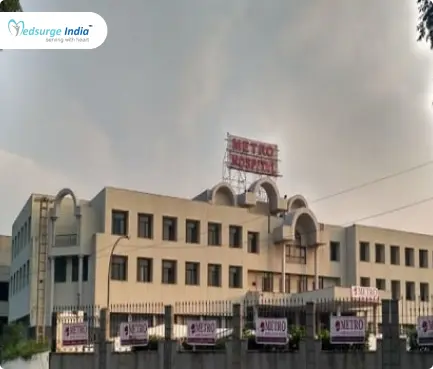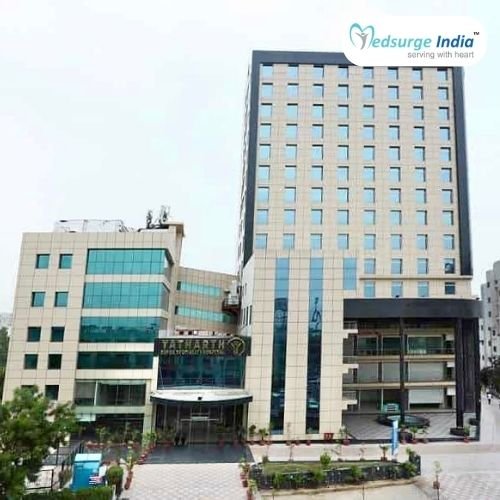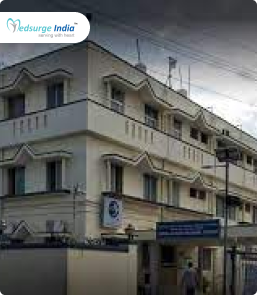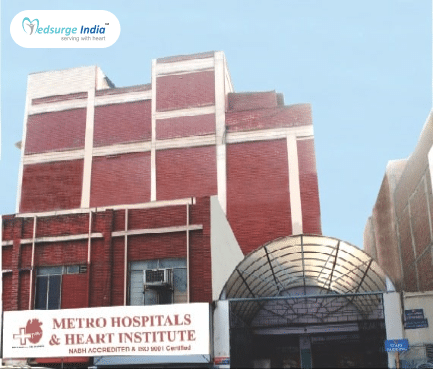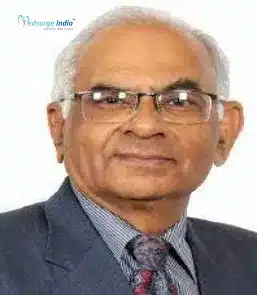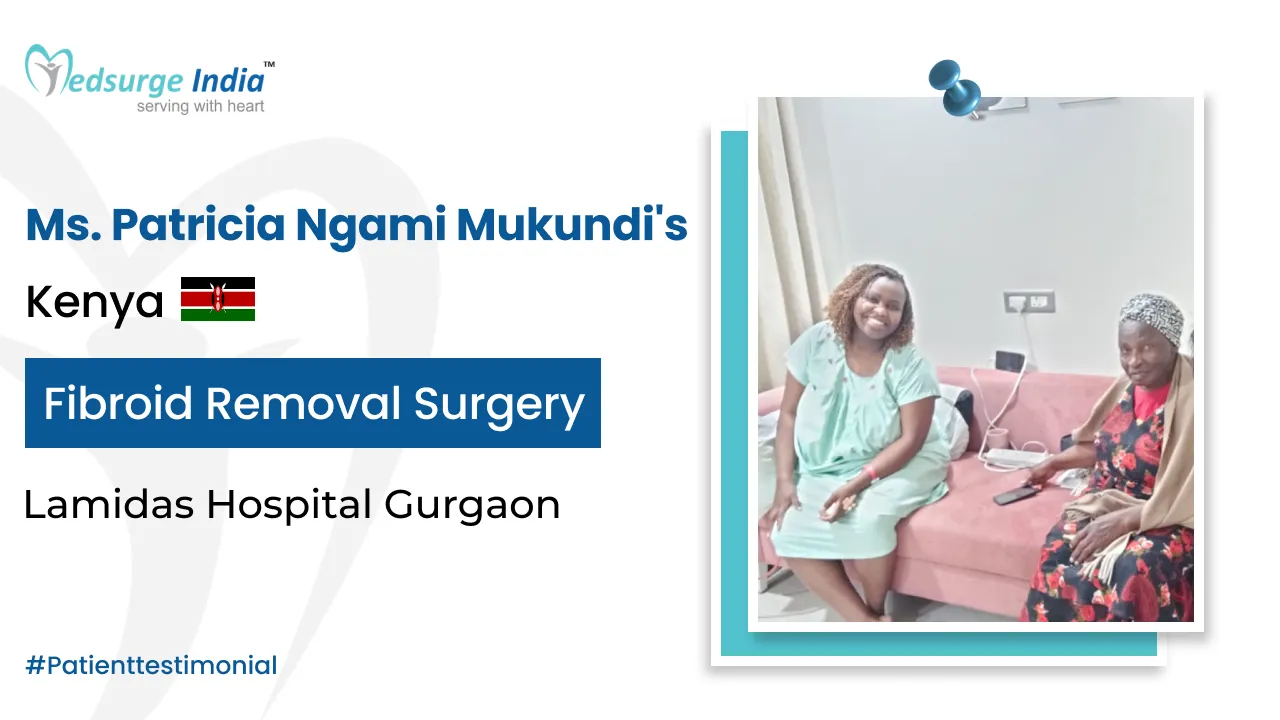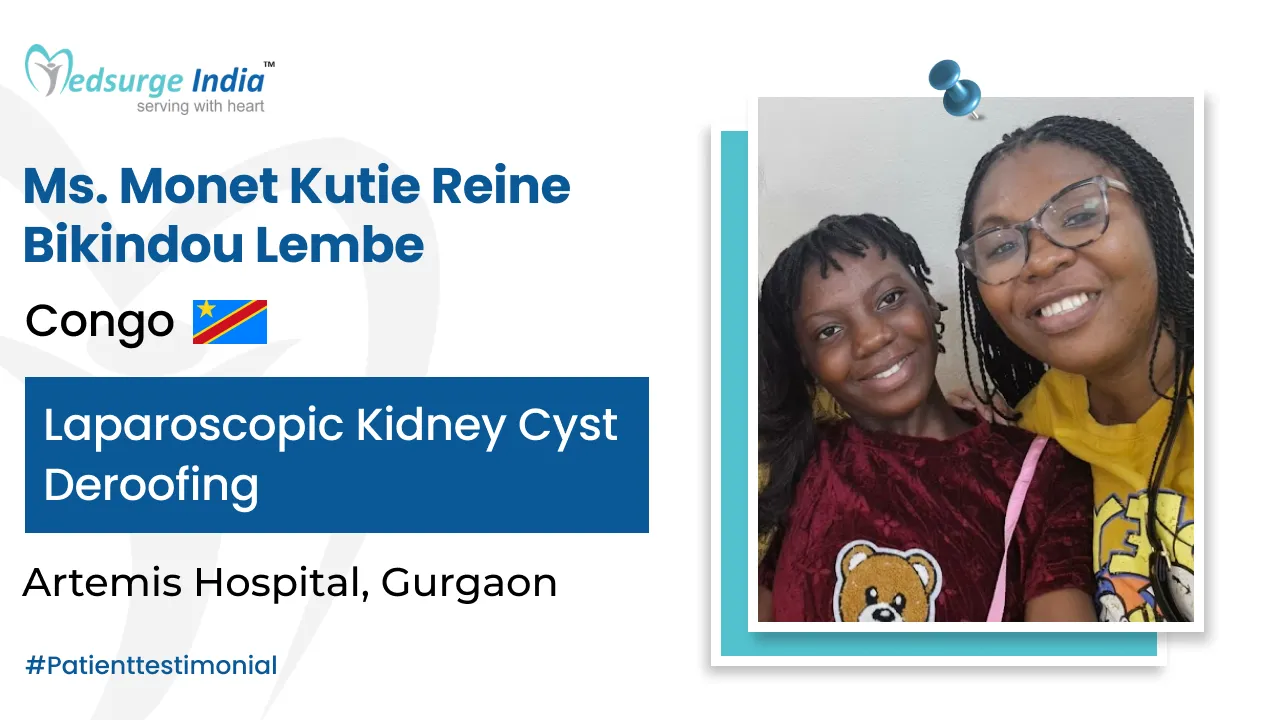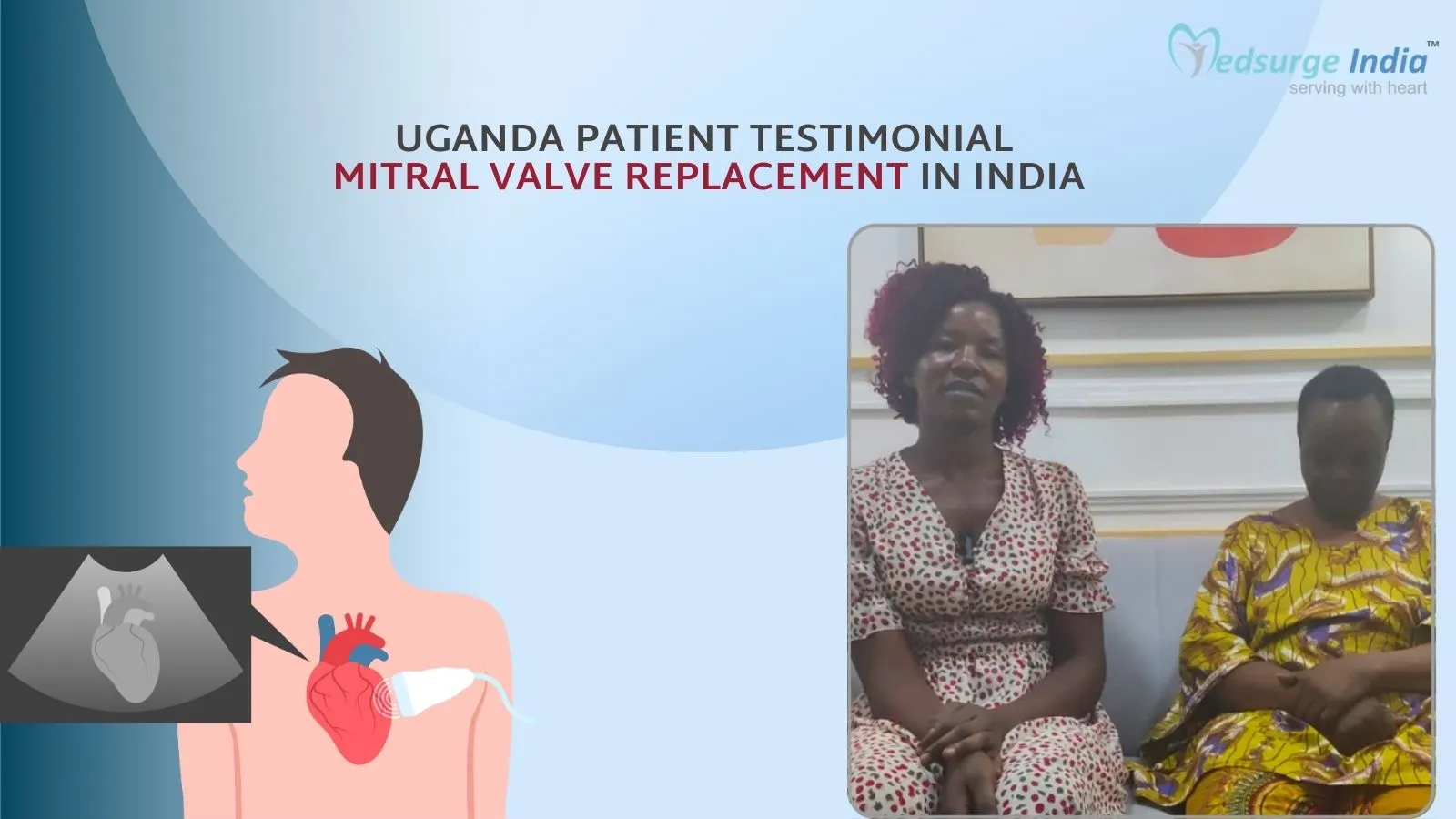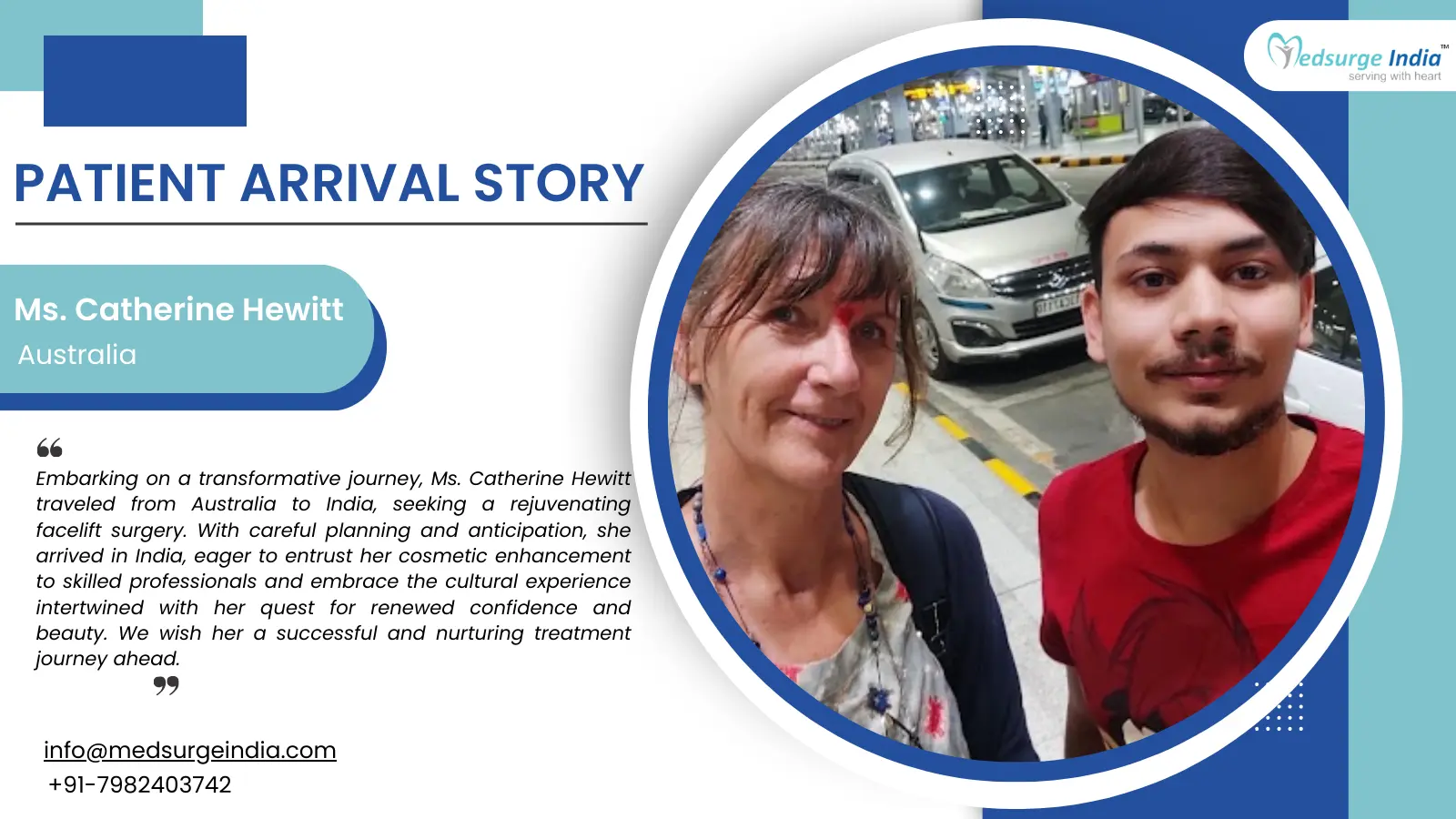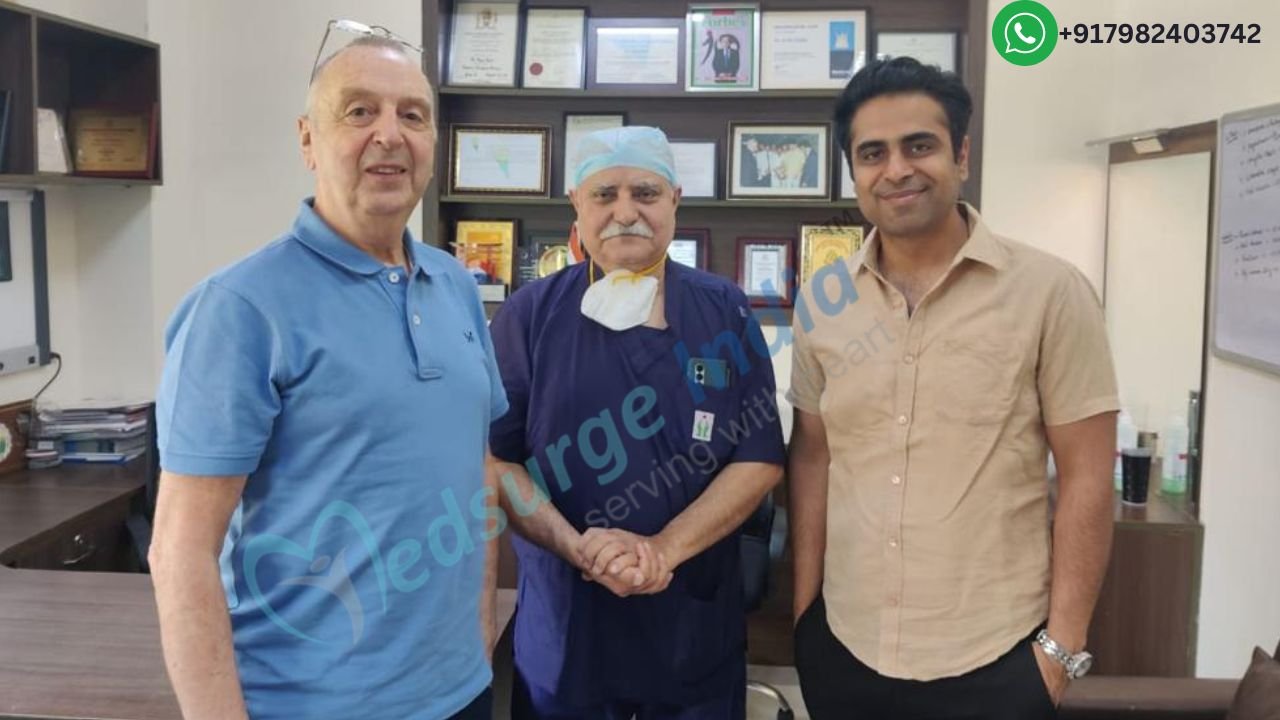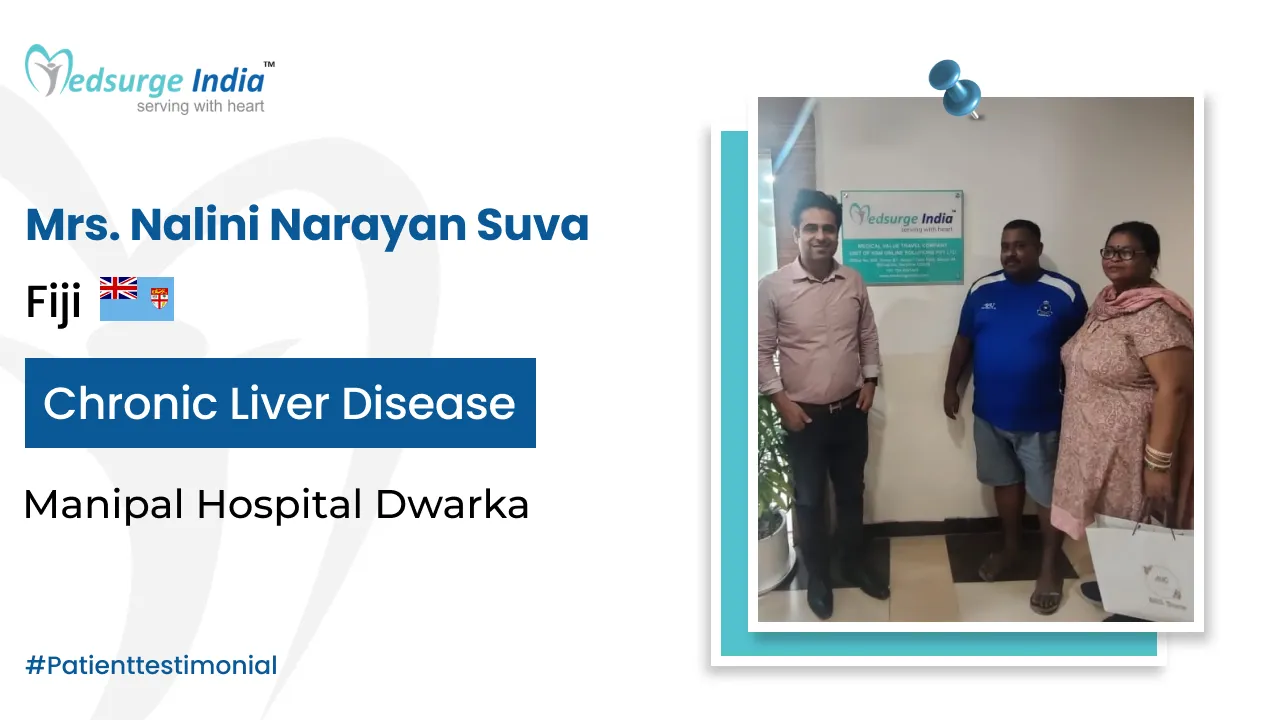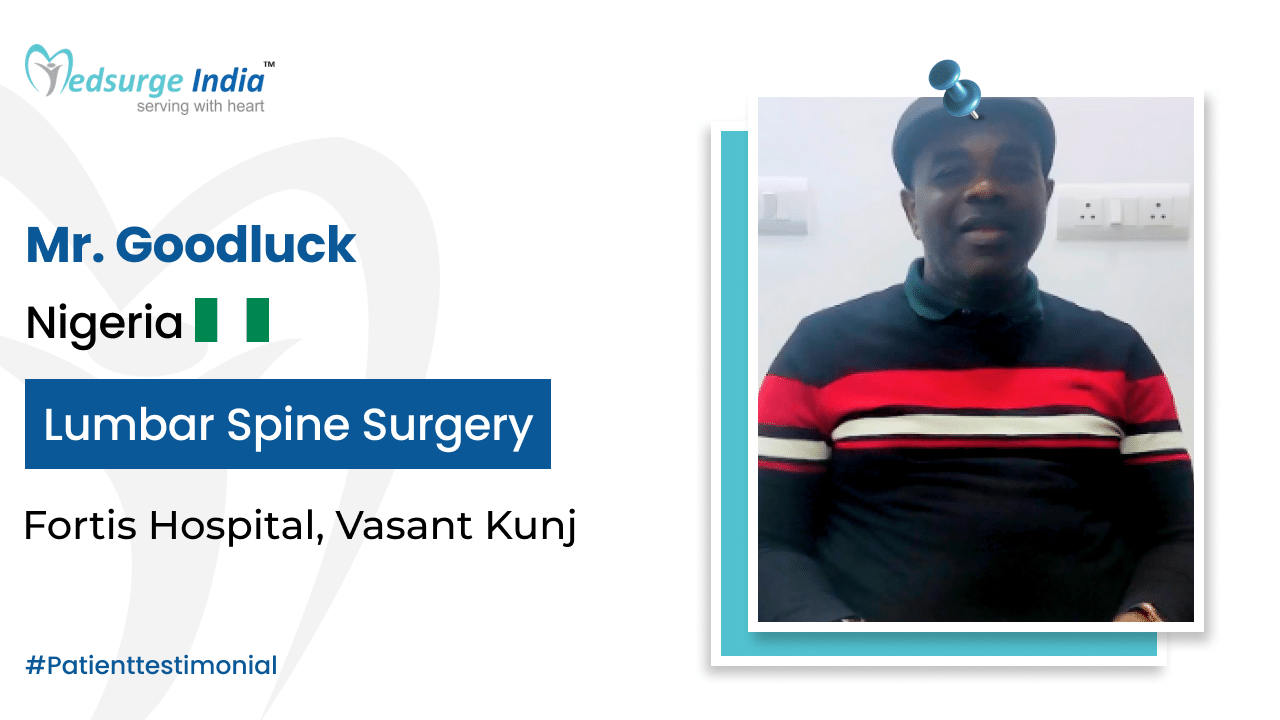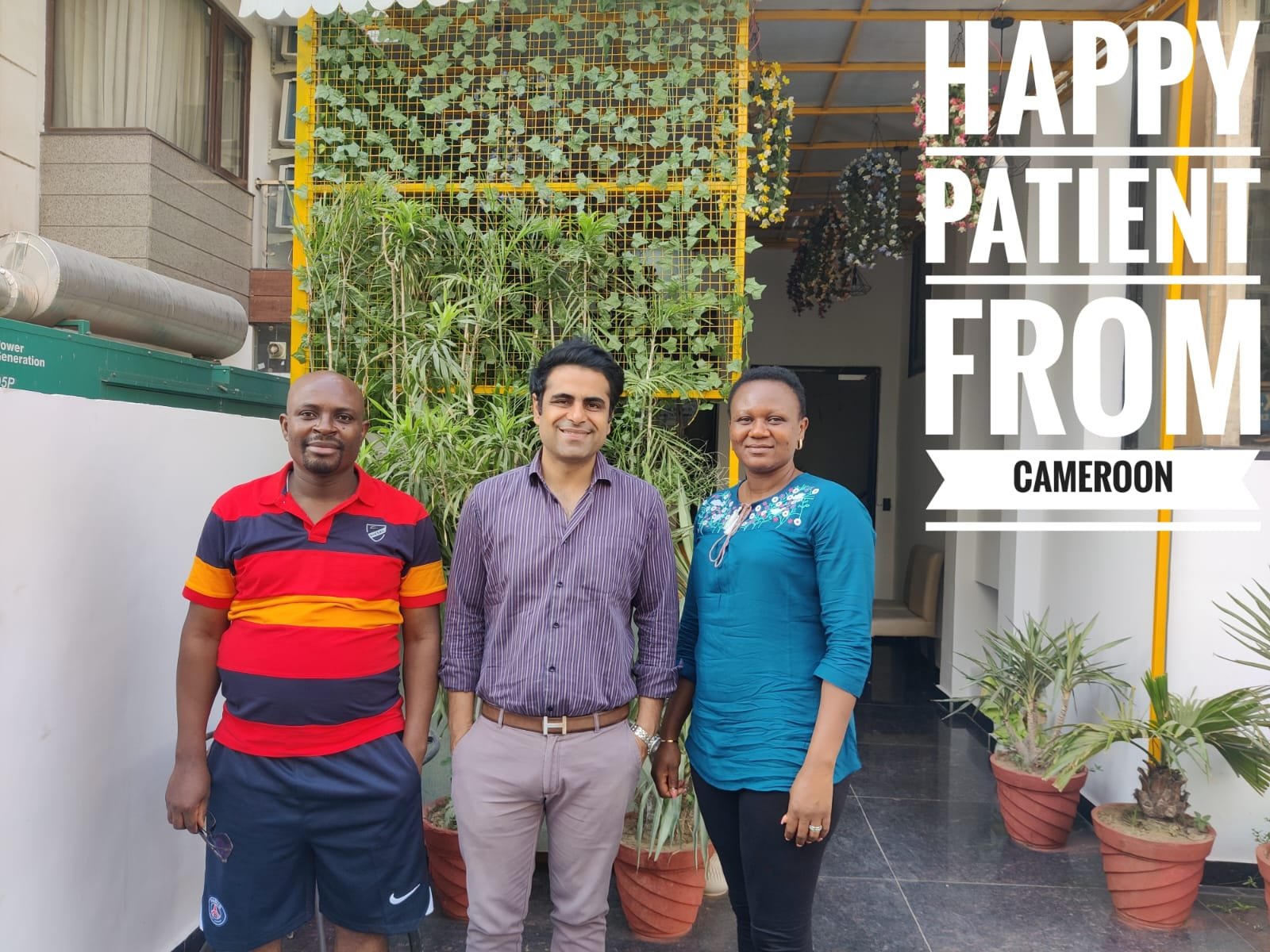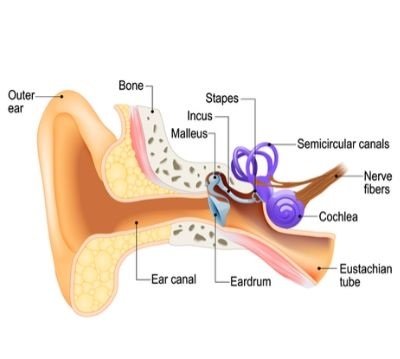
Stapedectomy is a surgery done to eliminate the bone, the stapes, one of the 3 bones of the middle ear, and then replace it with a prosthetic one. The operation is done in order to alleviate the slow development of notice loss brought on by otosclerosis, a condition in which the bone becomes hardened at the bottom of stapes. The hardening of the bone prevents the stapes to maneuver normally at a free posture which leads to hearing loss termed as conductive hearing loss. During the operation, the stapes is replaced with a prosthetic part. The operation will help to recuperate from the listen loss and noise can be transmitted to the inner ear in-ear.
Symptoms
- Hear reduction because of the development of stapes.
- Presence of an air-bone gap of roughly 15 dB around 3 frequencies that is verified with tuning-fork testing.
- The ear with inadequate hearing capacity dependent on the diagnosis evaluations ought to be qualified for operation.
- In certain patients in which bilateral surgery is needed it should be performed after 6 weeks.
Diagnosis
- Hearing test to determine conducive hear loss
- Tuning fork test
- CT scan
- Tympanogram test
- Hearing sensitivity audiogram
Helpful – Cochlear Implant vs Hearing Aid
Get Free Cost Estimation
Procedure
Before Procedure
- Smoking ought to be prevented before 6-8 weeks of this process and also some months following the process.
- Some medications like aspirin ought to be avoided prior to the process as it might raise the chance of bleeding prior to and after the process.
- Specific medications that could be frequently consumed by the patient like vitamin supplements and herbal medications should be prevented prior to the operation.
- Other frequent medications should be averted a day prior to the procedure.
- Small infections like the common cold ought to be advised to the medical team.
- Eating and drinking water ought to be prevented 6-12 hrs prior to the operation.
- Particular tests should be obtained before the operation in line with the recommendation of the physician.
During Procedure
- The operation will be done generally at a hospital
- The patient could be given either general or local anesthesia to unwind and sedate the muscles and also to reduce feeling discomfort during the operation.
- The surgeon will input close to the ear and it’s going to be lifted from the ear.
- The surgeon will remove the segment of stapes with a small laser or drill and will put a synthetic stapes in the ear.
- The brand new stapes will probably be connected together with the other two bones of the inner ear. The eardrum will be put back in the appropriate place and the ear pack is going to be set into the ear canal.
- The operation takes generally 1.5 to two hours.
After Procedure
- The patient can go home on precisely the exact same day of their operation.
- The medical team will notify the patient when they could return to regular activities.
- The patient might not feel much better hearing right after the operation due to the packaging inserted into the ear following the operation.
- Per week after the surgery patient has to return to the doctor for a check-up.
- The hearing may not be improved until a month post-surgery because of the bruising and swelling within the ear.
- After the operation, the patient can experience ringing, dizziness, or buzzing in the ear, a shift in flavor after the surgery.
- Rarely some patients might feel temporary fatigue on the area of the face where surgery was done
- You will have a hearing test 1 to 2 months after the surgery to see how well you are hearing.
Risks
- Some patients may feel sick due to anesthesia.
- Infection or bleeding at the site of surgery.
- During the procedure, the eardrum may be perforated and may require another surgery to correct it.
- The hearing may not be better immediately after the surgery as sometimes the artificially placed stapes may slip from its position and may require another surgery to correct.
- In very rare cases hearing will be impaired so bad and hearing aids may also not be helpful.
Factors Affecting the Cost of AICD Implantation:
The cost to the individual is dependent upon various factors such as:
- The hospital, the individual selects
- Price of this unit
- Room –Standard single room, deluxe room, super living room for the number of nights defined (such as nursing charge, meals, room rate, and room service)
- The fee to your group of physicians
- Medicines
- Regular test and diagnostic processes
- The price of this follow—up care needed after the procedure.
Know More – Cochlear Implantation Cost in India
The Most Important Frequently Asked Questions
Q: What is a Stapedectomy surgery?
A: Stapedectomy is your ear operation to take care of the problem brought on by hearing loss known as otosclerosis that might trigger the build-up of bone across the stapes. The bone formation makes hamper the motion of the stapes causing notice reduction known as conductive hear reduction.
Q: What is the procedure used to treat Otosclerosis?
A: Osteosclerosis is the creation of bone in the middle ear leading to hears loss that could be fixed by the surgical process known as stapedectomy or by using hearing aids.
Q: Does Otosclerosis cause deafness?
A: It’s a condition usually caused by the formation of bone from the ears which frequently causes more difficulties to an ear than the other. If the status isn’t treated nicely it might lead to hearing loss that worsens until late middle age to come up with complete deafness.
Q: How much time the surgery usually take?
A: The operation generally takes between 1-1.5 hrs. The operation requires an anesthetic either general or local which causes nausea. The place of the head is going to be transferred at particular stages throughout the surgery to prevent the complications of position for a longer period.
Q: How will it be known that the surgery is a success?
A: A small hearing advancement will be observable at the conclusion of the operation. In the majority of the patients, much improvement will be detected until fourteen days following the operation. It might take around six weeks following the operation to get the intended outcome.
Q: Does Osclerosis happen to both ears?
A: The condition may affect both the ears but usually one ear will be more affected than the other. The surgery will be done usually on the worse hearing side and can proceed to another ear after achieving stable results on the first side. The surgery cannot be done simultaneously on both ears as there is a risk of hearing loss in the ear after the surgery. Some patients may choose the option of bilateral surgery after agreeing to the possible risks of the surgery.
Q: Is Otosclerosis related to pregnancy?
A: Otosclerosis occasionally may pose during pregnancy due to the fact that a lot of women see hearing impairment during pregnancy as a result of fluctuations in hormone levels which impacts osteosclerotic bone.
Q: Who are the people most affected with Otosclerosis?
A: Otosclerosis is the most frequent condition of hearing reduction impacting young adults. It’s mostly common in women than men generally starting at young to mid-adulthood.
Q: How to diagnose Otosclerosis?
A: Otosclerosis can be identified by the physicians who specialize in treating hearing disorders like an otolaryngologist utilizing audiograms, tympanogram, and also CT scans.
Q: How does Otosclerosis cause hearing loss?
A: The abnormal growth of the bone at the base of stapes in the middle ear interferes with the sound to reach the eardrum which causes hearing loss either in one ear or both.
Q: Is Otosclerosis an Autoimmune disorder?
A: The etiology of otosclerosis is an autoimmune inflammatory disease. Its etiopathogenesis contains measles virus disease, anti-collagen autoimmunity, inflammation, bone loss, organotropism, metabolic and hormonal aspects.
Q: Does the bone in the ear break?
A: Cartilage is the linking part between ear bone and tissue. It can’t be broken but might become dull on account of the blunt injury caused by it. The majority of the times the injury may heal by itself but needs to be checked with the physician with some signs like hearing loss, buzzing noise, and pain.
Q: What is ear Cholesteatoma?
A: This is a nonmalignant abnormal growth that develops in the middle ear behind the eardrum. It may be caused due to repeated middle ear infections or maybe a birth defect. It usually develops as a cyst which shed off the old skin frequently.
Q: What are the eligibility requirements for a medical visa to India?
A: The patient has to have a valid passport and visa in addition to the treatment program in a reputed hospital accepted by the authorities of India. The individual could accompany two attendants on precisely the exact same visa with no more than 3 entries each year.
Top Hospitals for Stapedectomy Surgery in India
Top Doctors for ENT Surgery
Dr. Samir Damodar Bhobe
Senior Consultant
Experience: 30 years of experience
Fortis Hiranandani Hospital, Vashi
Mumbai, India
Dr. Kumud Kumar Handa
Chairman
Experience: 27 years of experience
Medanta – The Medicity, Gurgaon
Gurgaon, India
Dr. Rajiv Khanna
Head of Department
Experience: 36 years of experience
Apollo Medics Super Speciality Hospital, Lucknow
Lucknow, India
Dr. Shankar B G
Consultant
Experience: 30 years of experience
Rainbow Children’s Hospital & BirthRight, Bannerghatta Road
Bangalore, India
Dr. Prashanth Reddy
Consultant
Experience: 9 years of experience
BGS Gleneagles Global Hospitals, Bangalore
Bangalore, India
Dr. Nagamani YS
Consultant
Experience: 12 years of experience
Apollo Hospital Bangalore Bannerghatta Road
Bangalore, India
Dr. S. Shyam Kumar
Consultant
Experience: 16 years of experience
Apollo Hospitals, Greams Road, Chennai
Chennai, India
Dr. Sampath Chandra Prasad Rao
Consultant
Experience: 16 years of experience
Manipal Hospital (Old Airport Road) Bangalore
Bangalore, India
Dr. Sushmitha B
Consultant
Experience: 18 years of experience
Aster Prime Hospital, Hyderabad
Hyderabad, India
Dr. Arvind Soni
Senior Consultant
Experience: 30 years of experience
Indraprastha Apollo Hospital New Delhi
New Delhi, India
Dr. Debashish Dutta Majumdar
Consultant
Experience: 26 years of experience
Manipal Hospital Formerly Columbia Asia Referral Hospital, Bangalore (Yeshwanthpur)
Bangalore, India
Dr. Namrata Srivastava
Consultant
Experience: 29 years of experience
Fortis Hospital Bangalore (Bannerghatta Road)
Bangalore, India
Dr. Iram Khan
Senior Consultant
Experience: 18+ years of experience
Max Super Speciality Hospital Dehradun
Dehradun, India
Dr. Shilpi Budhiraja
Consultant DNB, MS, MBBS
Experience: 9 years of experience
Fortis Memorial Research Institute, Gurgaon
Gurgaon, India



